Circular Migration
Recent Activity
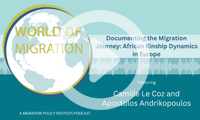
African migrants turn to the strength of kinship-based support systems in pursuit of stability as they settle in a European landscape that is sometimes made precarious by their legal status and shifting policies. This episode discusses use of the kinship networks, including to exchange or broker identity documents between migrants along the migration journey and at destination.
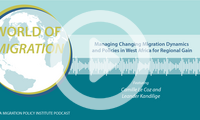
MPI Europe Associate Director Camille Le Coz discusses migration dynamics in West Africa and and how African leaders are responding to these trends with Leander Kandilige, a senior lecturer at the Centre for Migration Studies at the University of Ghana.
Este seminario web, que presenta el lanzamiento de un informe, examina el potencial de Canadá, México y Costa Rica para expandir los programas de trabajadores temporales para los centroamericanos, ofreciendo un medio importante para convertir algunos flujos irregulares en flujos legales.
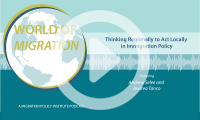
With migration a dynamic phenomenon in the Americas, the U.S. government increasingly is realizing that migration management should be viewed in a regional context. This requires a new set of policies and ways of engagement with countries in North and Central America, and beyond, as MPI President Andrew Selee discusses with colleague Andrea Tanco in this episode of our World of Migration podcast.
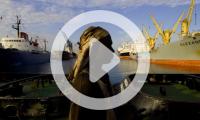
On this webinar speakers discuss a recent policy brief Deepening Labor Migration Governance at a Time of Immobility: Lessons from Ghana and Senegal.
Pages
Recent Activity
Some of the strictest COVID-19 pandemic-era limits on human mobility occurred in the Asia Pacific region. Border closures started in East and Southeast Asia in early 2020 and quickly spread through the entire region, in some cases remaining in place for more than two years. This report examines the approaches countries took and reflects on the immense costs and benefits of using border measures to tackle public-health risks.
The COVID-19 pandemic’s impacts on mobility in the Middle East and North Africa were immediate and wide-reaching. These include the world’s largest and most sustained repatriation efforts for stranded migrants, halted and reversed irregular journeys, and a reckoning with some countries’ reliance on foreign labor. This report examines how these impacts varied across countries in this highly diverse region, as well as the uneven recovery.


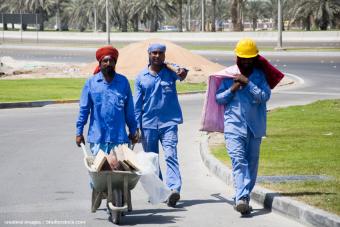



















Why the European Labor Market Integration of Displaced Ukrainians Is Defying Expectations